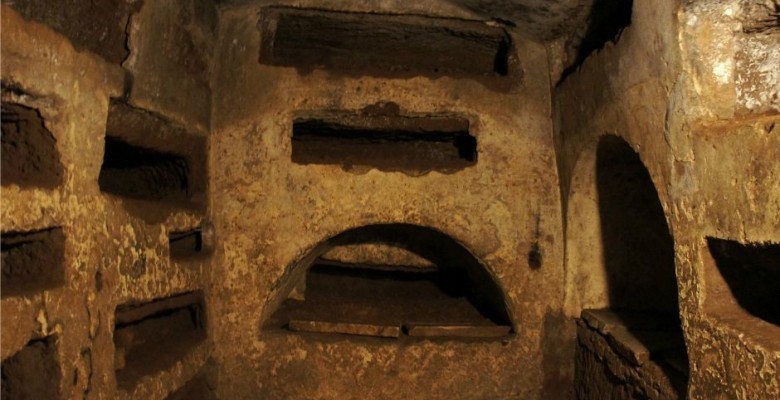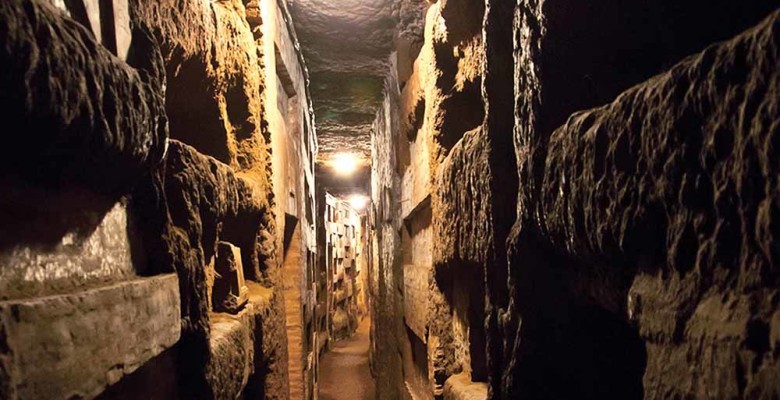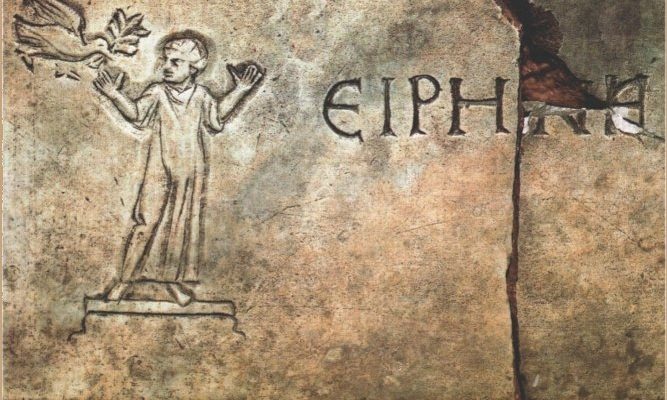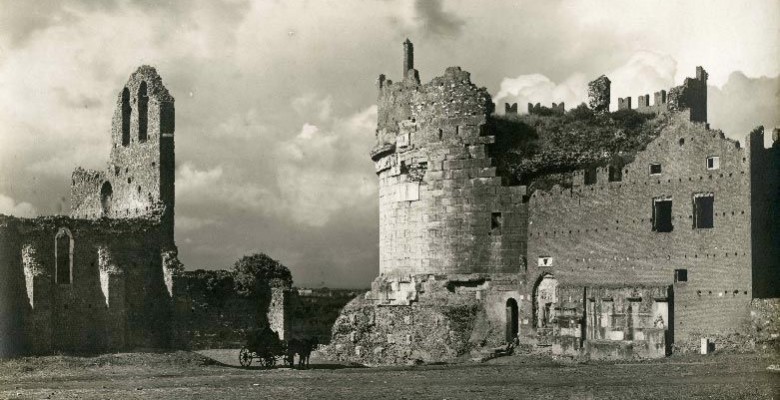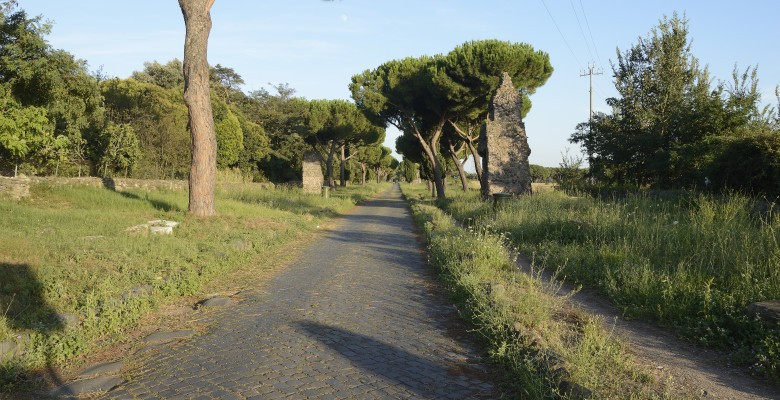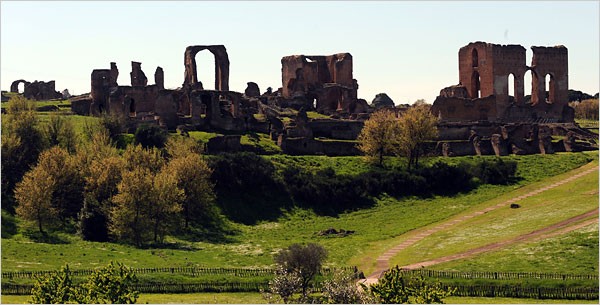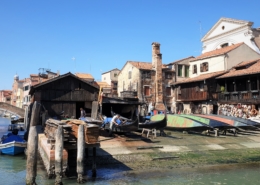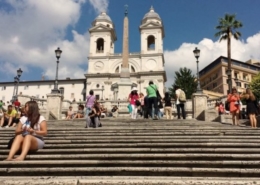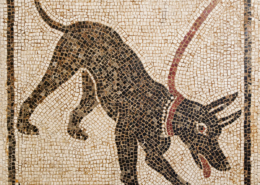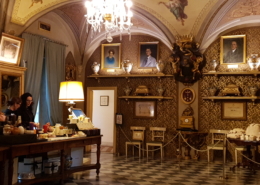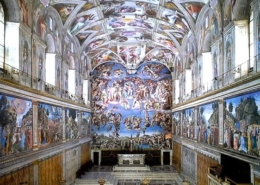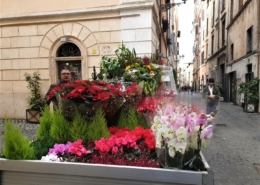Highlights of this tour
-
- Car ride through Caracalla Baths and St Sebastian Gate.
- The Appian Way (Unesco site).
- Catacombs of St Sebastian (or St Callistus)
- Mausoleum of Cecilia Metella
- Idyllic views on the Roman countryside.
- Transfers by private car with professional driver
APPIAN WAY & CATACOMBS: ALL ROADS LEAD TO ROME!
Our ‘Appian Way & Catacombs’ tour departs from central Rome and passes by the Colosseum and the wide valley where the Circus Maximus was located – both huge structures used for the entertainment of Ancient Romans.
Further down we see the monumental ruins of the Baths of Caracalla and Porta San Sebastiano*, one of the best preserved entrance gates in the Aurelian walls.
Now we’ve reached the countryside and the initial part of the Appian way, the most important Roman road leading to the south of Italy.
The Appian Way was properly defined “regina viarum”, the “Queen of Roads”, and it still appears a prodigy if we think it was built 23 centuries ago!
No other population ever tried, as the Romans did, to ‘embrace’ the world into an astounding street system, about 62,000 miles long.
It is not only ‘quantity’, however, but even more’quality’: futuristic was the quality of manufacts ad, like modern highways, Roman consular roads where straight, built over altitude differences, therefore requiring colossal works such as bridges, galleries, cuts through rocky coastlines.
The Appian Way, built from 312 b.C., was the model for all the other roads, as it was the first to be paved in stone and made to last for many centuries.
Appius Claudius conceived a perfectly straight road that for 56 miles goes from the urban gate to Terracina, passing over the Albani Mountains and through the Pontine Marshes, which were drained by a system of canalisations.
The Appian way was wide enough to allow the passage of two carriages and endowed of a wide pedestrian path. On top it was decided that the new road had to be gracefully sided by a double row of trees.
Cost of this tour
-
- Cost for this tour: 570 euros for closed parties up to 6 people.
- The tour lasts 3 hours, with guide, private transportation and driver included.
- If you have a larger party please write email
- San Sebastiano closed on Thursdays – San Callisto closed on Wednesdays.
- Entrance fee: from 14 euros
Dress Code and advice
-
- No short and no sleeveless garments.
- Short sleeeves and knee high os ok.
- Comfortable shoes or sandals and a hat in summer.
- Uneven steps and low passages in the catacombs.

